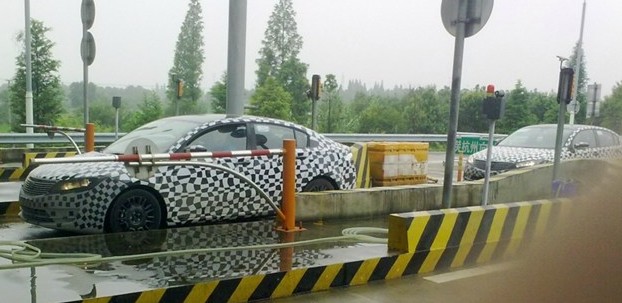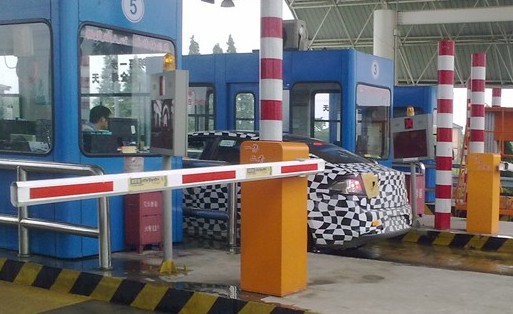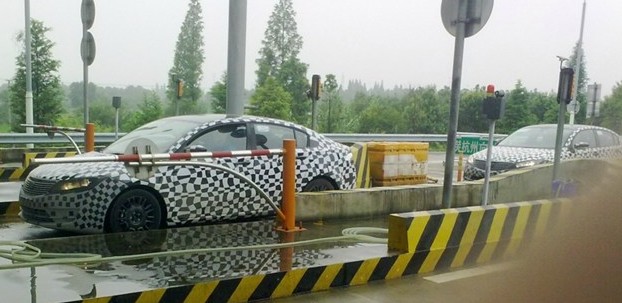
Good reading, it is not easy to build a high quality car, you gotta be very serious about every part of the car ..

[“Prototype is maneuverable, perfectly!”]
April 5, Santa Oliva (Tarragona), Spain, Rain
Idiada test track, chassis tuning evaluation
After six weeks tuning the chassis at the test track in Spain, today we are making our final evaluation of the prototype vehicle.
Unfortunately, bad weather has greeted us – it keeps raining and it’s getting colder. But we need to complete our prototype evaluation on time so that we could start to move on to the assembly line and work on the first cars before the end of the year.
For the evaluation, we drove the prototype on public roads around the test track to check driving comfort. To our satisfaction, the ride was fairly comfortable and we thought the vehicle is ready for delivery to our customers, provided some additional fine-tuning is done to the steering.
We then drove the car back to the test track and started to assess the safety and performance under more extreme maneuvers, including lane changes, acceleration at speed, and handling on wet and bumpy roads. Overall, the test driving results looked terrific. Even under extreme conditions, the car remained stable and easy to control, giving the driver ample confidence that it is maneuverable and safe.
In short, our chassis development work in Spain has proved successful, and we are looking forward to more assessments and test driving on roads in China.

[“It’s like sailing in a churning tempest”]
Xiangfan Test Track, Hubei Province
Structural Durability Testing
A structural durability test seems simple: just take a prototype vehicle, fill it with ballast to maximum load capacity, and drive it for several thousand kilometers on the roughest roads you can find. Then take the car apart, check the body for defects and analyze every component. That’s it. t’s simple.
Not quite, because months of preparation work are required for this test, believe me. The test is aimed at validating the strength and toughness of the vehicle body, and I know the designers have spent many months pouring their know-how into its construction. The body is the core of the car, to which all other components are attached, and it is central to durability and reliability of Qoros vehicles.
Months of computer simulation were run to check structural durability results on screen. But now comes the real testing of the car at Xiangfan, in Hubei Province, Central China. The roads there are bumpy, with rocky stones paving the surface. After a few minutes, the car began to shake, bouncing back and forth, which forced us to limit our speed to just 20 kph. We took turns behind the wheel. It was like sailing in a churning sea tempest, or galloping on a horse without a saddle!
After this ferocious testing, our engineers disassembled the car and checked the body parts for any defects. In retrospect, our computer simulations were right all along – the vehicle body is just as strong and tough as it is designed to be. The test didn’t fail the designers.

[Testing our vehicles under extreme conditions]
If you drive to the top of Heilongjiang Province in north-eastern China almost as far as the roads will take you, through snow, ice, brutally cold temperatures and howling winds, you will come to the place where Qoros sent its prototype cars and test engineers for the winter of 2012. Our cars experienced the coldest, most extreme winter weather conditions that exist in China.
We test there because our future customers will operate their cars in Xinjiang, Gansu, Inner Mongolia, Heilongjiang and other unforgiving northern climates in China, as well as equally cold parts of Europe. In these conditions, we must ensure our cars function just the same as in moderate temperatures.
A typical working day during winter testing begins with engineers donning sweaters, thick jackets, gloves, hats and gore-tex boots to protect every square centimeter of skin from temperatures that can reach – 40ºC.
The cars have spent the night outside in the extreme cold, but now they must perform. Doors are opened and closed, knobs turned, buttons pushed and electronics operated, while engineers record their findings and take copious notes on the performance of all functions. Finally, engines are started, transmissions shifted, and the cars are driven, at first slowly, then at high speed, through snow and over ice by experts who are checking, evaluating, and recording their observations.
Throughout the days and weeks, specific tests for brakes, stability control, heater performance, and all other vehicle systems are conducted according to a detailed testing plan.
Cold testing has now finished and teams of engineers are reviewing pages of data and analyzing the test cars that have returned to Shanghai. We were pleased with the results: engines started quickly even in the most extreme cold, and other vehicle systems performed very well. But the cars are still in the development phase and not yet perfect, so work continues to resolve any issues. Soon, the cars will be prepared for hot weather testing. Cold and hot tests are just a few of many kinds of tests that the Qoros engineers conduct with only one objective in mind: securing top quality.



Leave a Reply